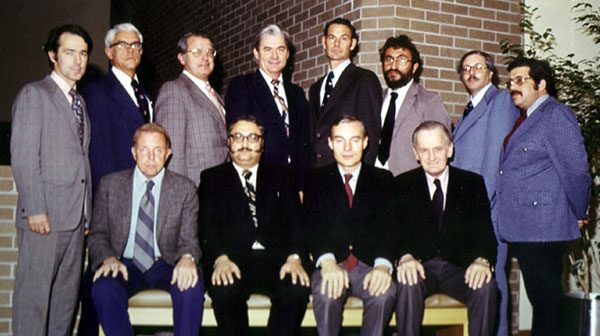At the beginning, the conjoint board was not cohesive and members grouped themselves by specialty. By the end of their terms, the board grew together with a common purpose and became supporters for an independent ABEM. They saw that emergency physicians wanted to have a model specialty, and the quality, dedication, and commitment of the original ABEM Board.
Evolution of MOC
Although ABEM offered the first emergency medicine certification examination in 1980, discussion of Maintenance of Certification (MOC) did not begin until 1999, when the ABEM Board of Directors commissioned the MOC Task Force. From the work of the task force, ABEM developed the Emergency Medicine Continuous Certification program.
The first three components—professional standing, Lifelong Learning Self-Assessment, ConCert—were implemented in January 2004. The fourth component—Assessment of Practice Performance—was implemented starting in January 2010.
In 2013, ABEM stopped requiring the ConCert exam to be the final step in renewing certification. Diplomates could take the ConCert examination in any of the last five years of certification, even if they have not completed all of their MOC requirements.
In Oct. 2017, ABEM held a summit to gather emergency medicine stakeholders to discuss MOC. Based on that discussion and other feedback gathered in the last year, ABEM is developing an alternative to the ConCert exam that will be available in 2020.






No Responses to “The Long Road to the Recognition of Emergency Medicine”